At the ATA Nexus 2024 conference this week in Phoenix, I had the privilege of moderating a panel called “Catalyzing Change: Breaking Down Barriers to Spark Innovation in Healthcare.”
The panel included notable healthcare figures Holly Maloney, Managing Director at General Catalyst; Aniq Rahman, CEO of Fabric; Brandi Clark, VP of Digital Care at OSF OnCall; and Stephen Klasko, former President and CEO of Jefferson University and Jefferson Health.
The discussion was rooted in General Catalyst’s acquisition of Summa Health. General Catalyst, one of the nation’s largest venture capital firms, is assuming leadership of one of Ohio’s largest, integrated healthcare delivery systems—exploring what it will take to lead value-based healthcare and introduce “tech-enabled healthcare delivery-platforms at scale.”
The American Telemedicine Association’s conference theme this year centered on breaking down silos, driving innovation and fostering collaboration among technology companies, clinicians and patients.
Context: This focus is crucial at a time when American medicine faces significant challenges. More than half of Americans find healthcare costs unaffordable, life expectancy trails behind other wealthy nations, and much of the technology used is outdated. Alarmingly, 60% of doctors experience burnout, and the same percentage of Americans live with at least one chronic disease. Moreover, 70% of patients believe the healthcare system needs significant change. What’s more, healthcare costs are expected to surge by $3 trillion a year over the next seven years. Meanwhile, chronic disease remains an unsolved epidemic. Hypertension—the leading cause of strokes—is effectively controlled only 55-60% of the time nationwide. Worse still, diabetes, which tops the list of causes for kidney failure, peripheral amputations, and cardiovascular disease, is well-managed in fewer than one-third of patient cases.
Our panelists unanimously agreed that technologies, particularly telemedicine, generative AI and wearable monitors, hold the key to enhancing healthcare quality, convenience and affordability.
Here are just a few examples of how integrating all three has the potential to significantly reduce the frequency of heart attacks, strokes and cancers, improve people’s health and make medical care more affordable:
- Improved chronic disease management. Wearable devices can continuously monitor blood pressure, blood glucose, blood oxygen, etc. and generative AI can analyze this data to identify deviation from expectations. And when problems arise, virtual nurses and other clinicians can rapidly intervene.
- Personalized treatment plans: Generative AI’s analysis of vast medical data can help patients and clinicians better predict health risks and recommend personalized treatments, enhancing effectiveness and reducing unnecessary costs. Using telemedicine, virtual health coaches can assist with lifestyle medicine improvements.
- Improved diagnostic accuracy: AI assists in accurately diagnosing diseases through advanced analysis, especially in fields like radiology, dermatology and ophthalmology, leading to earlier and more effective treatments. Through telemedicine, clinicians can offer expertise when patients have questions.
- Efficient resource allocation: AI and telemedicine optimize healthcare resource use, ensuring patients receive appropriate (and consistent) care levels while reducing the need for expensive in-person visits.
- Reduction in hospital admissions: Continuous monitoring and timely interventions through telemedicine can support hospital-at-home programs and significantly reduce the need for inpatient hospitalization.
- Enhanced patient engagement and compliance: Integrated mobile apps with AI provide real-time feedback and personalized guidance, improving treatment adherence and preventing acute incidents.
The goal of value-based care has proven elusive for American medicine. But the panel described several positive outcomes that can be achieved when companies like General Catalyst, Fabric and OSF Oncall collaborate to improve clinical outcomes. The combination of modern technology and leadership offers the potential to make healthcare more patient-centric and efficient.
I am grateful to the ATA organizers, including Dr. Joe Kvedar, a healthcare and technology visionary, and Ann Mond Johnson, CEO of the ATA, along with Deanna Grosboaum and Gina Cella for their stellar coordination of the conference details, also helping to coordinate my book signing for “ChatGPT, MD: How AI Empowered Patients & Doctors Can Take Back Control of American Medicine.”
Reflecting on the insights shared at ATA Nexus 2024, it’s clear that while hurdles remain, the roadmap for a technologically empowered healthcare system is being charted by leaders and innovators across the industry. I’m optimistic that the conference attendees gained valuable insights. Hopefully, our panel will inspire more healthcare professionals and patients to embrace the technological opportunities that are capable of transforming American medicine.
The ATA Nexus continues to be a platform for pivotal discussions, as well as a launching pad for actionable strategies that drive the evolution of virtual care. With its renewed focus under the Nexus banner, the conference will continue shaping the dialogue and direction of healthcare for years to come.
* * *
Dr. Robert Pearl is the former CEO of The Permanente Medical Group, the nation’s largest physician group. He’s a Forbes contributor, bestselling author, Stanford University professor, and host of two healthcare podcasts. Check out Pearl’s newest book, ChatGPT, MD: How AI-Empowered Patients & Doctors Can Take Back Control of American Medicine with all profits going to Doctors Without Borders.


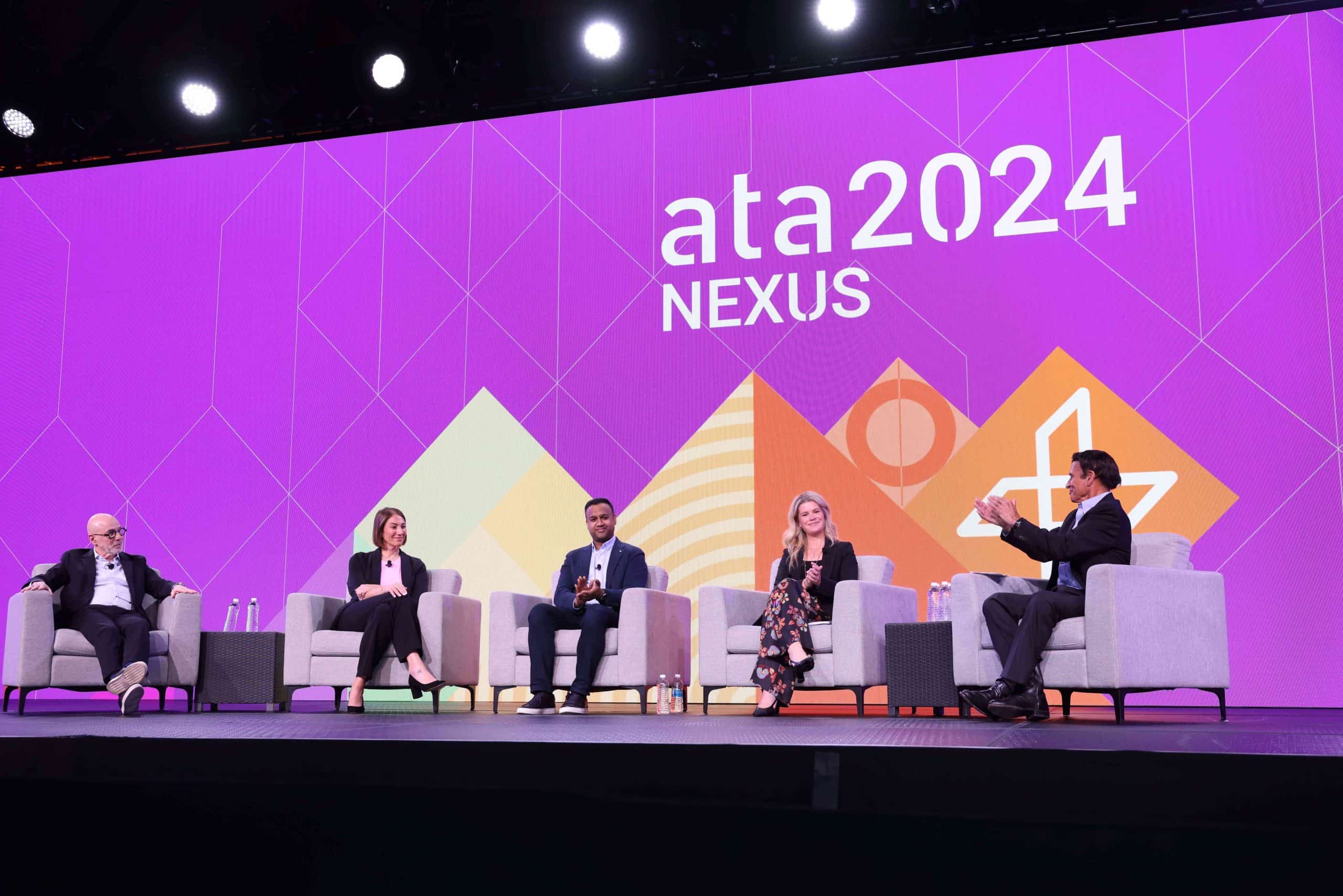
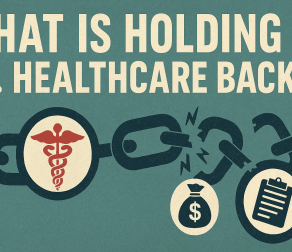
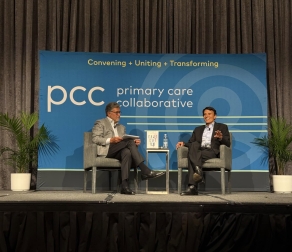
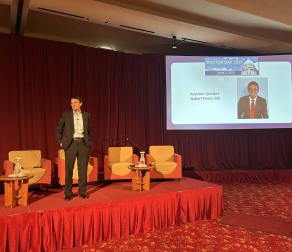

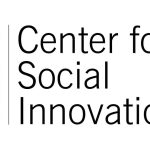

Excellent summary of events. Not mentioned was poor access to care for many citizens. This is not a problem in France.
The entrepreneurial mindset promotes innovation. Thinking out of the box separates the U.S. Fareed Zakariah gave a great lecture at UNLV distinguishing the benefits of our society seen only in other countries such as Israel and Singapore. I have come to respect Elon Musk for his bravery in new frontiers. He doed not need financial motivation. Like wise Marc Cuban darrd to he different from intriinsic ethical values. Individuality in a capitalist society spurs creativity for multiple reasons